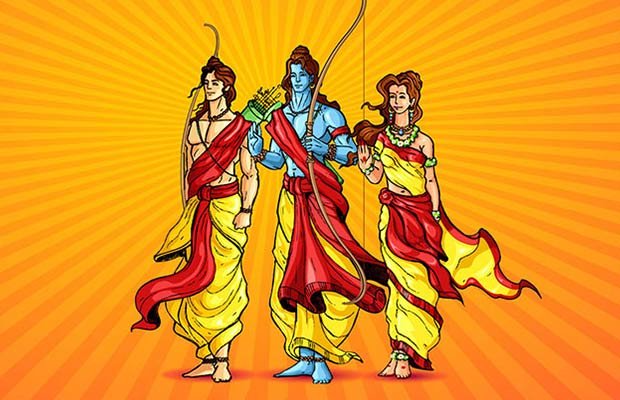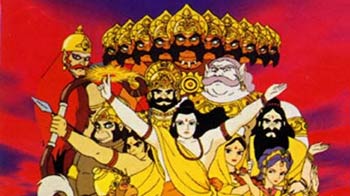"Sibling", a word that a single child in the family is most scared and excited about. Everyone talks about the indescribable feeling of what it is to be a mother, a father or a grandparent, but no one talks about how it feels to be somebody's sibling.
In the special occasion of Rakshabandhan, The Roving Feet presents to you a blog post on the ultimate bond of affection, love, care, anger and jealousy.
I grew up in a family where my elder brother was blessed with two siblings at ones. My elder brother was very happy when he got to know, that he was blessed twin brother and sister, that is what my mother tells us. My twin brother was born a minute elder to me. My mother tells me that when she was giving birth to us, the doctor said that your son is kicking your daughter and after that moment he was the one who got a bashing for the next 5 years of his life. Being the second child out of the three of us must have been very difficult for him as the eldest one was dominating and stronger than us, and the younger one being the most pampered of the three.
After we were born, my eldest brother was very happy as all his friends were surprised and jealous to know that he is an elder brother of not just one sibling but two at the same time. He must have felt like a boss initially, and later he must have cried out for the lost attention of the family members. He must have felt jealous that he was asked to study and his younger siblings had the freedom to play, the whole day. He now got no quality time with his mother and father, as his twin siblings slept at different time of the day. He used to roam around with his plastic bat and a ball outside the house, asking everyone passing by to play with him as everyone in the family was busy taking care of us.
I was the only girl among the three of us and I enjoyed the attention that I used to get from the family members. I was protected and pampered by all. We grew up fighting with each other. My elder brother made his friends as family and the younger one hated to share the his food, school, classroom, friends and the same bench with me. The only thing my twin brother loved me for, was because my roll number that came before his roll number, which helped him a lot in the exams.
When we grew up we realized the jealousy of diverting attention of family members and the feeling of anger, for sacrificing our favorite toys, was just a phase of growing up. These feeling created a lot of difference between the three of us.
One fine day after my high school my twin brother got the opportunity to move to another city as he was all ready to follow his dream of being a chef, I realized how incomplete I was without him when this happened. While saying goodbye, we did not even hug each other because that was not something that we were used to.
I felt helpless as I could not stop my tears, rolling down my cheeks. It was then I realized ,he was an important part of me. After two years my elder brother also got the opportunity to move away from the city. It was then home was not home anymore. I had never experienced this feeling ever before. I missed laughing, giggling and fighting with them. The festival of Rakhi was no more the same for me.
No matter how much we fight with our siblings, they are an important part of our life. It is a blessing to have such an unconventional bond with someone. Sharing your innocence without hesitation and growing up with these memories is something that is worth living with.
You may not value this bond when you are young. I understand that sharing something that you love with your brother or sister is not something that is liked by us, but sharing these memories with them, when you grow up is one of the most amazing part of life. Wishing you all a very happy Rakhi.
The Roving Feet





